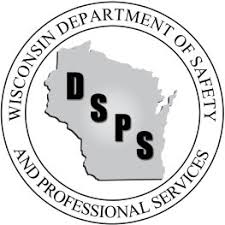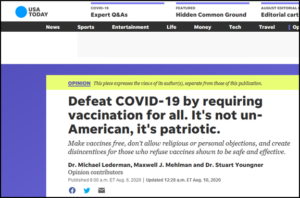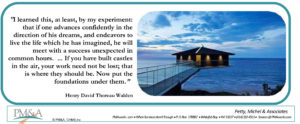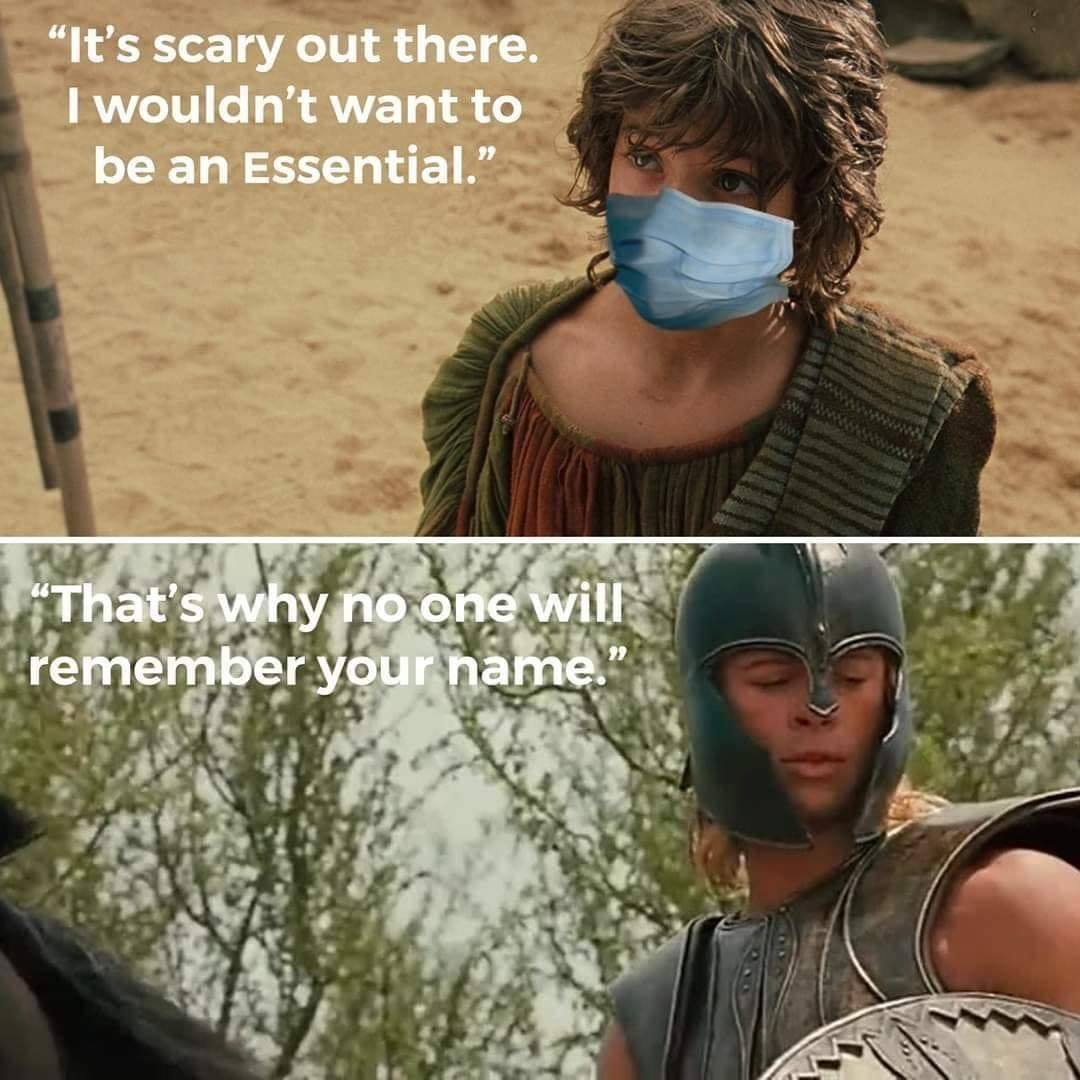 Time to prepare for the New Year’s marketing.
Time to prepare for the New Year’s marketing.
But before we leave 2020, here are a few tips to help you round out this crazy year and lay the groundwork for a fresh, New 2021.
For December, work “internally” with your existing network, including your active and inactive patients and your external referral sources. But prepare for external marketing for the New Year now.
INTERNAL
The Team – Your First Line of Marketing
Every member of your office is a marketer – everyone sells health. 2020 has been one heck of a year. Why not acknowledge your staff as Health Hero’s with a pin, a certificate, or plaque, perhaps with a bonus if there are any funds available? You all deserve many “thank you’s.”
Holiday Cards and Letters to your Patients
Send cards and letters to both active and inactive patients. Recognize their good efforts to improve their health during this peculiar year and tell them that you look forward to helping them and their family stay healthy in 2021.
Health Never Takes a Holiday
Post a sign in your office in December that “Health Never Takes a Holiday” and schedule patients through December to January. We have a customizable poster on our Member’s site, and sample posters here.
Keep the Conversation Going.
Send out regular emails to patients. Email is more effective than social media, according to many studies, but social media has its place too. Assign email and social media posting to someone. A simple four-paragraph informal health tip from the doctor shows that you care and help improve your patient’s health. It is better that your patients hear from you than from the local chain store pharmacist.
Poinsettia Giveaway
Some offices have done well by giving away free poinsettias, or another holiday plant, one per family. Include a gift certificate with the plant for family members or friends. (See Member’s site for gift card samples.) Make a special arrangement with your local florist for a discount.
Patient Education
Now, more than ever, provide health tips for your patients to combat the heavy advertising of COVID-related reports. Stress is amplified by a lack of knowledge. Good education can help lessen the fear and help keep your patients stay healthier and happier. Plus, educated patients remain with you longer and refer more. There are many approaches that work, including: table talk, newsletters, whiteboards with “Patient Education Prompters,” and short five-minute weekly video health tips. The more you teach, the more you reach.
Donation Drives
Holiday time always brings an increased demand for helping those less fortunate. Within your office set up a collection area for any of the following programs and promote it in your newsletter. There are also other times of the year where donations are welcomed and needed. These can be scheduled throughout the year. Here are some sample donations:
- Coats for Kids
- Food for Families
- Toys for Tots
- Blood Drive
- School Supplies
- Animal Shelter $25 in exchange for first day services.
Also, you can support drives at local churches or gyms. EG “Free first-day services for every donation a member of YMCA makes to the homeless fund.”
Giving Tree/Angel Tree
The Giving Tree/Angel Tree Project is a great way to bring community awareness to your office. It is a simple project that can assist your patients to help others where they might not otherwise have the opportunity to do so.
EXTERNAL
Show Appreciation to External Referral Sources
Send a Holiday Card to any business or individual outside of your office who referred a patient to you or helped you with your marketing. Make sure you include a card of thanks and perhaps a fruit basket or other small gift. Let them know that you are looking forward to another year working together for better health.
Internet
Review your website with your Internet company. Set up a consultation with someone to review how well it is drawing new visitors. Make plans for improving traffic and conversion for the first three months of 2021.
Sample Plan for Special Events
January. Video series about improving the immune system: 10 Proven Shortcuts to Improving Your Immune System: 15-minute video every Friday. Include guest providers. PROMOTE these.
February. Valentines. Have a Heart gift certificate. Donation Drives.
March. Saint Patrick’s Day – Leprechaun Appreciation Day – A special kid’s day.
April. Earth Day. Community Clean-up Drive. Include external alliances to help.
100’s More Marketing Ideas
For 100’s more marketing ideas that have worked, if you are active with PM&A, go to our Member’s site, www.pmamembers.com. If not, we still have many effective marketing procedures right here on this blog.
Meet with Your Consultant
All offices are different. Some need fast action direct marketing — others benefit most from long term development of their external network. Meet with your consultant to make plans for the first part of 2021.
MARKETING MANAGEMENT
In over thirty years of marketing practices, I have found the following two factors to be the most important:
Someone to Coordinate
It is essential that you delegate someone to coordinate your marketing as a project manager. Too often, marketing does not get done because, well, no one person is responsible. This is a major cause of the Practice Roller Coaster. While your entire office and everyone in it, staff and doctors, have marketing roles, one person aside from the doctor needs to ensure each project and procedure is implemented.
Goals and Attitude
Commitment to your goals and the right attitude undercuts everything. How strong is your desire to fulfill the mission of your office? Does the WHY? of your business enliven you each day, and are you happy about it? (Yahoo! Can’t wait to get to the office to see my next patient!!)
Of all the projects and procedures mentioned and the hundreds not mentioned, your drive to your goals and your attitude about achieving them is the most fundamental component to marketing success. Work and improve on this each day.
Ed Petty
Bonus Article: Health Tips from Mercola.com
















